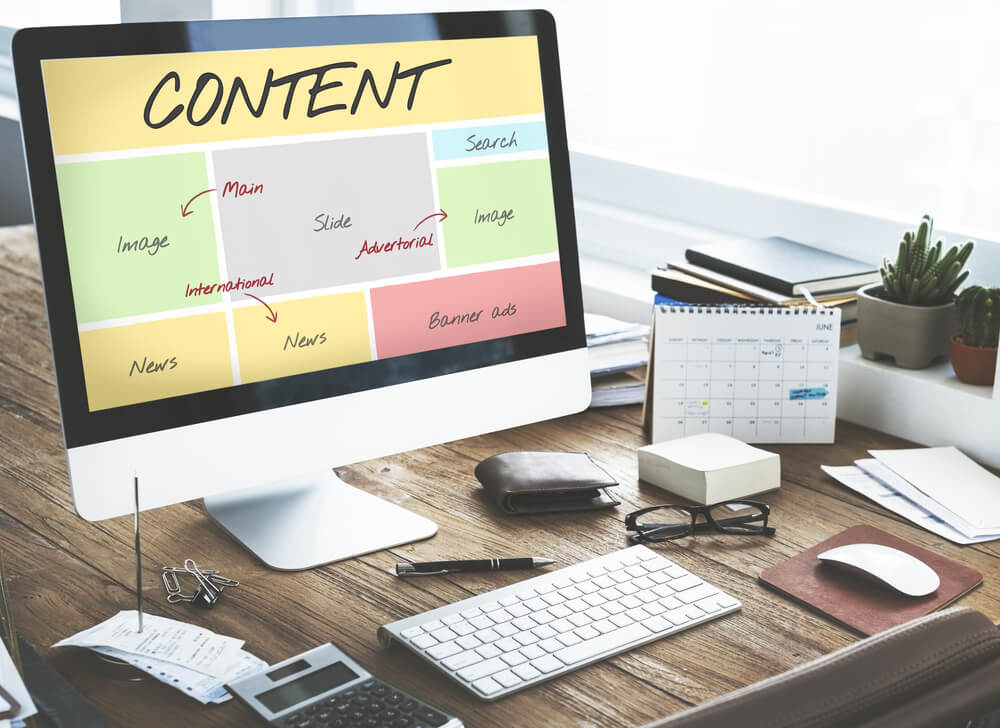
Five Ways to Shorten Your Customers’ Buying Journeys
Would you like to boost your revenue without investing more in marketing? Working to shorten your customers’ buying journeys is the first step to take.
What is a buying journey?
A buying journey is all the actions a site visitor takes prior to finally making a purchase.
A buying journey may take a couple of minutes or a few months.
Sometimes a buying journey is limited to your site (this is the best case scenario) but more often than not a consumer would visit lots of sites before finally buying from you.
Why does a buying journey need shortening?
The fewer steps a customer takes to buy from you, the fewer chances they have to stumble upon your competitors, change their mind or simply forget what they wanted to buy.
The more time your target customer has to think about buying something, the more doubts they may have or the more distractions they will have to overcome.
You want the buying journey to be smooth and short making it easy to buy from you.
Here are 5 ways to shorten your customers’ buying journeys.
1. Make your site faster and more user-friendly
This is pretty obvious: You want your site to load fast to avoid your customer getting distracted and you want it to be easy to navigate for your customer to easily fund what they need.
This may be easier said than done though but depending on your CMS, you may be able to do that in-house:
You can also use Bing’s Clarity tool, which is a free usability monitoring tool allowing you to record user sessions and access heatmaps of how people are using your site:

This is a great way to identify when and why people are leaving your site, which page elements distract or attract them most and whether they find the site is user-friendly.
Google’s Search Console also gives access to speed and mobile usability metrics and areas where both can be improved.
2. Simplify your checkout process
The fewer steps your user needs to take to make a sale, the better. Avoid email back-and-forth at all costs. Steps you can eliminate in your checkout process include:
- Email confirmations
- Loading a different page to complete your purchase
- Loading your shopping cart in a different page (instead of allowing to instantly preview it on the current page).
A great example of simplifying a checkout process is vcita’s online scheduling functionality allowing service-based businesses to schedule an appointment right away, without the traditional back-and-forth or phone follow-ups:

You can set up this self-service booking experience as a fly-in that appears on your website, or as an auto-generated landing page on your customer portal. To further remove friction from the booking experience, you can accept payments upon conversion, and using vcita’s integrations, it’s easy to set up the engine to send your service customers invitations to join you on a Zoom call.
Another great example here is PayKickstart’s checkout widgets that drive instant sales from the current page avoiding problems associated with load times:

To simplify your checkout process, consider:
- Creating “buy now” buttons enabling purchases from the current page
- Bypassing the shopping cart and letting buyers make a purchase right away (This is what Amazon is doing: You will be able to pay right away or go to the shopping cart as an option)
- Supporting PayPal to let your customers pay right away without giving you their credit card details.
3. Prioritize your branded search
Whether you want it or not, your customers are going to search for your brand name in Google.
The more your brand grows, the more diverse and unpredictable those brand-driven search queries are going to be. Your current and future customers will:
- Compare you to your competitors
- Search for your reviews and case studies
- Research your reputation and pricing, etc.
The better you control top search results (and search elements) for all those search queries containing your name, the faster you’ll get that customer back to your site and get a better control over their buying journey.
- Research and monitor your brand-driven search queries just like you are monitoring your positions for your general target queries.
- Create diverse content, like videos and images to take up more space in your brand-driven SERPs.
- Answer questions in the People Also Ask boxes in your on-site FAQ or knowledge base
- Survey your happy customers to better understand your brand perception and the questions you can address. Customer feedback is important for content creation and sales funnel optimization.
According to the branding statistics, a customer needs to see a page 5-7 times before they remember it. In other words, to get people to buy from you, you need to be in front of their eyes many times within a short period of time to shorten that journey. This means popping up in the branded search every time, with branded images and videos to build up brand recognizability right away.
Your goal is to control as much of your branded SERPs as possible, so talk about your product and brand:

Further reading: What is a Content Map?
4. Invest in retargeting
No matter how great your product is and how smooth your checkout process may be, some people will still leave your site, for various, often popular, reasons.
This is where you can bring them back to your site using remarketing ads on Facebook and Instagram. Make sure to install their tracking pixel beforehand to collect all the data before you run those ads.
Facebook will allow you to create a Custom Audience to serve personalized ads to people who visited your site or a specific page on your site (like a shopping cart or checkout page).
Further reading: Mobile, Web & Facebook Retargeting Done Right
- Monitor and analyze your sales funnel
Keep an eye on those conversions and tweak your strategy accordingly.
Microsoft’s Clarity can help you uncover some on-page elements that drive people away or distract them. Google Analytics will help you uncover pages that leak conversions.
SharpSpring’s Analytics Dashboard can consolidate these and many other data points to monitor your sales funnels and things to fix.

Conclusion
Shortening your customers’ buying journeys is a task that involves a lot of experiments and measuring. You are never actually done, as buying journeys are always changing as they include more devices, more competitors and new technology. The 5 steps above are great starting points but never cease to innovate!






